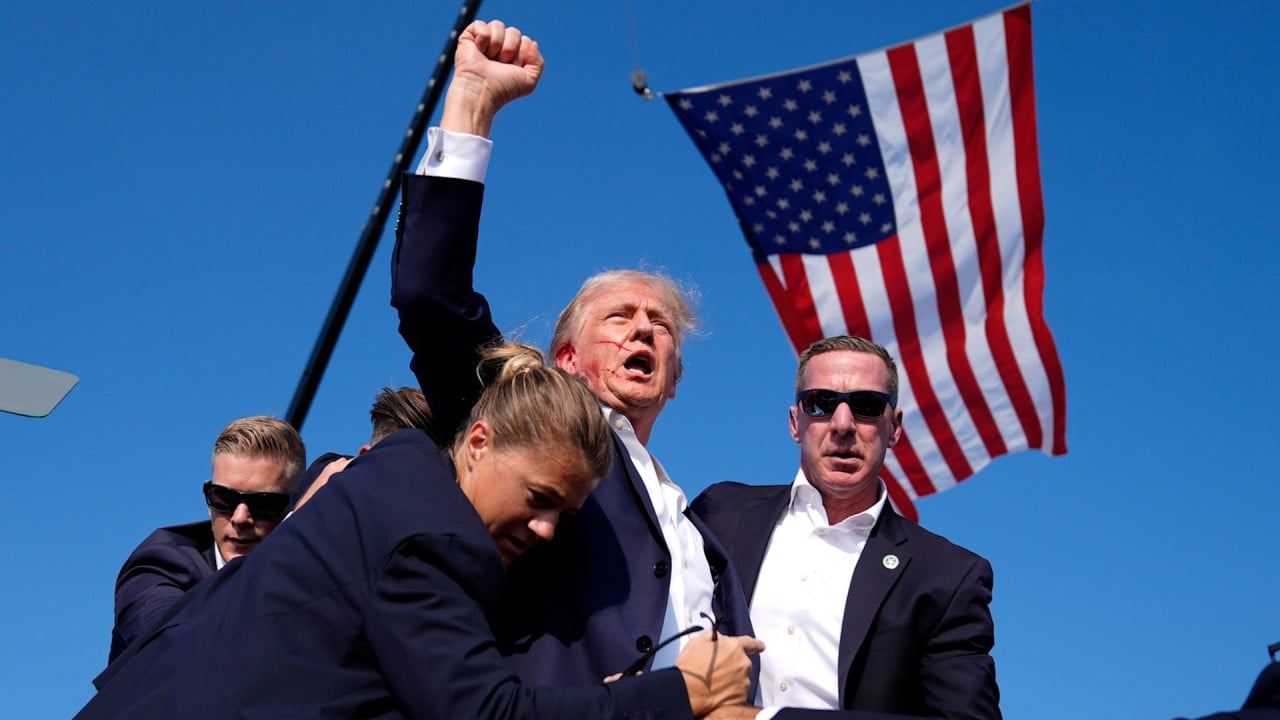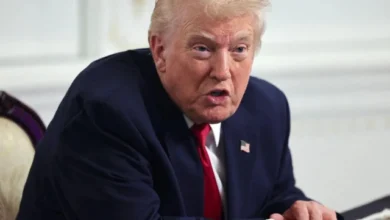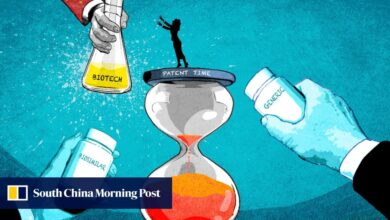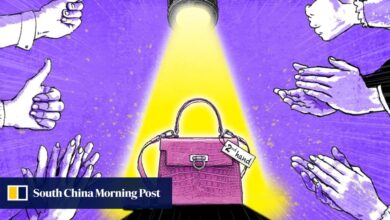China battens down the hatches for blustery trade winds as odds of Trump victory rise
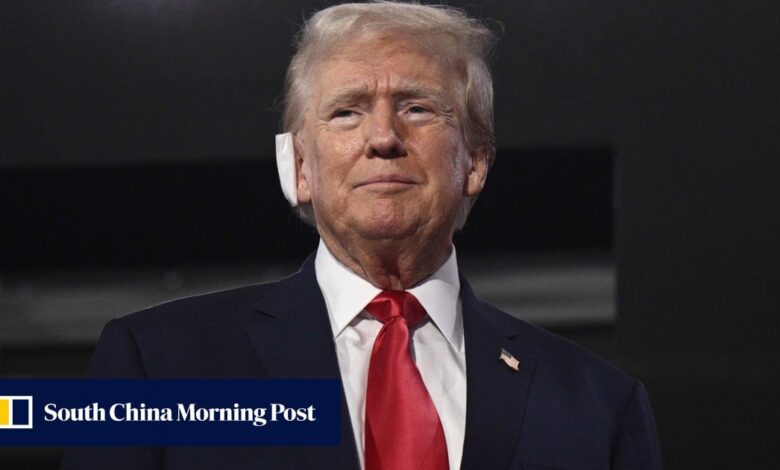
“It seems we are already adapting gradually,” Chen said. “We have been digesting the tariffs through supply chain relocation – there is no other way.”
After some initial panic following the first wave of tariffs in 2018, China has been restructuring its global trade patterns by tapping emerging markets like the Middle East and Central Asia and simultaneously striving to reorient the country’s economy around domestic consumption.
A second Trump presidency is scarier because he’ll have a better sense of what he can and can’t do
“In other words, China has a completely different mentality,” Chen said.
“Trump’s playbook over [his first term] very much involved him testing the limits of his authority and his office, alongside experimenting with how far he could go to shock US-China trade and diplomatic relations,” Marro said.
“A second Trump presidency is scarier because he’ll have a better sense of what he can and can’t do – specifically, what he’d need to do to get around those constraints to achieve what he wants.”
But whatever its utility during the campaign, the feasibility of such a high tariff on Chinese goods is uncertain, analysts said, as it could trigger another spike in an already stubbornly high inflation rate weighing heavily on consumers.
“A lot of US manufacturers are not globally competitive, and rely on critical intermediate inputs and capital goods sourced from abroad, including China,” Marro said.
The absence of an immediate alternative to these goods presents a risk of a jump in producer prices at the very least, he said, adding that even if prices drift down in the coming years, they might settle at an equilibrium higher than the pre-tariff average.
“If a 60 per cent tariff is imposed on all Chinese products, it means a total decoupling of the US-China relationship,” said Lu Xiang, a research fellow in US studies at the Chinese Academy of Social Sciences.
“When there is still room for negotiation on tariffs, China will still care about bilateral relations. But if trade relations break completely and there is zero interdependence, China will not care about the US any more, and that would also be the most unstable scenario [for Trump].”
While Trump has a pragmatic side and cares less for ideology, suggesting he may not necessarily make Sino-US relations tense himself, Lu said the more hawkish stance taken by the Republican Party – many call for a total decoupling – is harder to change.
In the short term, the Chinese export sector might get a boost if Trump wins, as US importers could front-load shipments and build up inventory before tariffs kick in, Ding said.
“This also means that the current trend of industrial chains relocating out of China will continue,” Ding said.
This may shift the direction of these firms’ outbound investment away from places like Southeast Asia and Mexico, Ding said.
“Many Chinese manufacturers are assuming the trade war is going to start again. Their efforts to transfer production capacity abroad are continuing, or even accelerating,” Ding said.
“For China, from the policy perspective, it cannot just add more industrial capacity without domestic demand,” he added. “[It] would be forced to rebalance its economy by boosting domestic consumption.”
As protectionist policies – especially around sensitive technologies – have become bipartisan consensus in the US, even absent a second Trump term the future of US-China relations is unlikely to brighten any time soon.
Of the two candidates, Chen from CICIR said Trump might be louder and propose more sweeping measures, but Biden is quieter and more precise.
“Sometimes, dogs that don’t bark bite harder,” she said.
Source link
